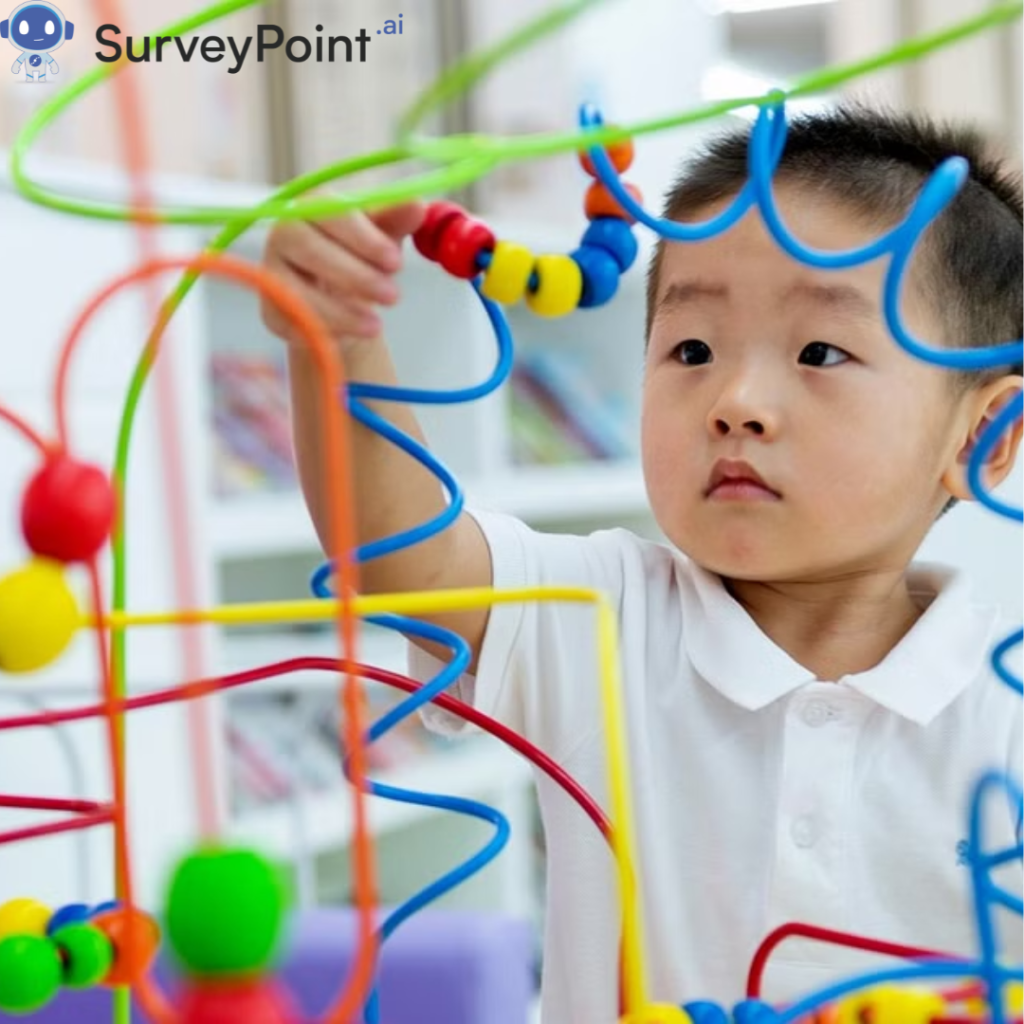
China, the world’s most populous country, has long been a place where childhood education institutions like kindergartens thrived, supported by a steady influx of young students each year. But with the nation’s birth rate reaching historic lows, a striking new trend has emerged: thousands of kindergartens across China are shutting down. The closures have sent ripples through the education sector, affecting not only teachers and staff but also shaping the future of China’s workforce and economic stability.
In this blog, we’ll examine the reasons behind this decline, its implications for China’s society and economy, and what this trend might mean for the rest of the world.
The Alarming Drop in Birth Rates
For years, China’s strict one-child policy contributed to a lower birth rate, intended to manage the country’s rapidly growing population. However, as living costs rose, urbanization intensified, and people prioritized careers and financial security, birth rates continued to fall. Even after China shifted to a two-child, and later a three-child policy, the desired boost in births never materialized. By 2022, China’s birth rate had fallen to its lowest level since records began, and the effects are now being seen in multiple sectors, especially education.
Why Kindergartens Are Closing
- Declining Demand: With fewer children born each year, the demand for kindergarten enrollment has plummeted. Urban and rural areas alike are seeing smaller class sizes, making it financially unsustainable for many kindergartens to stay open. In 2023 alone, over 5,000 kindergartens were reported to have closed.
- Financial Burden on Families: High living costs and economic uncertainty deter many young families from having more than one child. The expenses associated with raising a child, including quality early education, healthcare, and housing, have made it challenging for parents to prioritize having larger families. This financial strain directly impacts kindergarten admissions, leaving many institutions with insufficient students to cover operational costs.
- Urbanization and Migration Patterns: As rural families move to urban centers for better job opportunities, the populations in rural areas dwindle, leaving many rural kindergartens with insufficient students. The urban migration, combined with low birth rates, results in even more closures as kindergartens lose their student base.
Implications for China’s Economy and Society
1. Workforce and Labor Market Concerns
A declining birth rate today translates into a shrinking workforce tomorrow. This demographic shift may eventually result in labor shortages, threatening China’s productivity and economic growth. With fewer young people entering the workforce, the pressure on China’s aging population grows. This imbalance could lead to slower economic growth and place increased financial pressure on social services as the country struggles to support an aging society.
2. Impact on Women and Working Parents
Many Chinese parents, particularly working mothers, rely on kindergartens and other early childcare institutions to help them balance career and family responsibilities. Kindergarten closures put added pressure on working parents, who may now need to seek alternative childcare arrangements or even step away from their jobs to care for young children. This could lead to a decrease in female workforce participation and increase the financial strain on families with young children.
3. A Declining Education Sector
With fewer students to educate, China’s education sector faces a decline in employment and revenue. Kindergarten closures have led to teacher layoffs and a decrease in demand for early childhood educators. The economic effects are felt not only by teachers but also by staff and suppliers who support these institutions. As the demand for early childhood education decreases, higher education may also experience a long-term reduction in student numbers, impacting the nation’s overall educational infrastructure.
The Societal Effects of a Shrinking Youth Population
- Shifting Family Dynamics: In a culture that traditionally values large families, the decline in birth rates has also influenced societal views on family structure. A smaller youth population often means fewer siblings, cousins, and extended family members. This could lead to social isolation among children and create a shift in family values as the younger generation grows up in smaller, more nuclear family structures.
- Changes in Consumer Behavior: A shrinking population of young families also means changes in consumer demand, particularly for products and services targeting young parents and children. Industries such as toy manufacturing, baby products, and family entertainment may see declines, while others, like healthcare for the elderly, may experience growth.
- Mental Health and Social Well-Being: The pressure on young people to perform academically and professionally can be immense. With fewer siblings and fewer peers, children may face heightened expectations from parents and society, potentially leading to increased stress and mental health challenges. Moreover, as communities become more adult-centric, there may be a decline in youth-oriented social activities and programs.
China’s Response and Efforts to Encourage Higher Birth Rates
The Chinese government has recognized the need to address the declining birth rate and is making efforts to encourage families to have more children. These initiatives include:
- Financial Incentives: Some local governments are offering financial incentives to encourage families to have more children. These include cash rewards, housing subsidies, and tax breaks to alleviate the financial burden of raising children.
- Work-Life Balance Policies: Efforts are being made to introduce policies that support a better work-life balance for parents, including more generous parental leave and flexible work arrangements. By reducing the strain on working parents, China hopes to make parenthood more accessible and appealing.
- Improving Childcare Options: To help working parents, China is also investing in childcare options, making it easier for parents to balance career and family life. Although many kindergartens are closing, the government is looking for ways to fund sustainable childcare models that can support a larger demographic range and address the needs of working families.
What This Means for the World
China’s demographic shift and the decline in early education enrollment are not isolated events. Many other countries, particularly developed nations, are experiencing similar trends. A declining birth rate, an aging population, and shifting family dynamics are issues being addressed by several governments worldwide. China’s response and the lessons learned from this situation may serve as a model for other nations grappling with similar demographic challenges.
Global businesses and industries also feel the effects of China’s population trends. A smaller youth population can lead to decreased demand for certain goods, while a shift in labor dynamics can influence international trade and economic partnerships. As China’s workforce shrinks, there may also be an increased emphasis on automation, artificial intelligence, and technology to address productivity needs—shaping the future of industries globally.
Conclusion
The closure of thousands of kindergartens in China serves as a stark reminder of the far-reaching implications of a declining birth rate. This demographic shift has already affected the education sector, family dynamics, and consumer behavior, and its effects will likely be felt across the economy and society for years to come.
As China strives to address these challenges, it also raises important questions for other nations facing similar demographic shifts. How can societies support young families and ensure a balanced age demographic? What policies will best encourage sustainable population growth while supporting a healthy, aging population? These questions will shape not only China’s future but the global landscape as well. For more information checkout- surveypoint.ai




